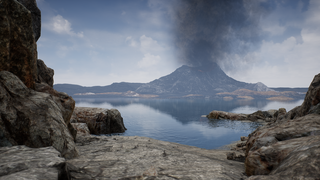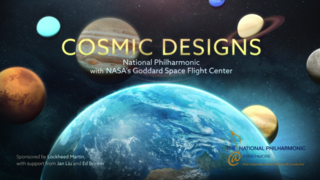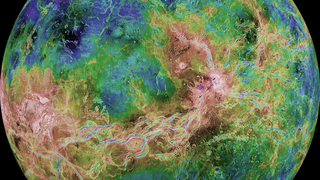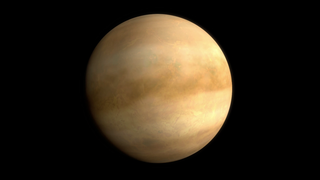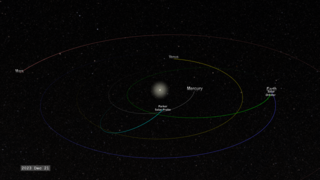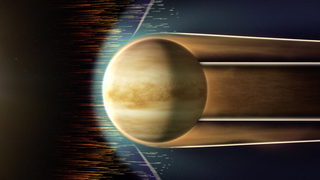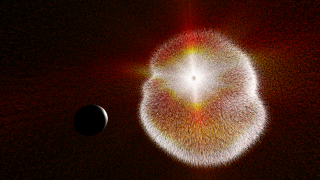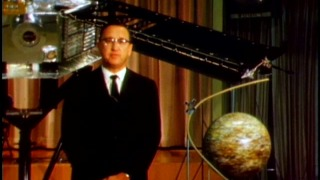Sun
ID: 14095
NASA’s Parker Solar Probe has taken its first visible light images of the surface of Venus from space.
Smothered in thick clouds, Venus’ surface is usually shrouded from sight. But in two recent flybys of the planet, Parker used its Wide-Field Imager, or WISPR, to image the entire nightside in wavelengths of the visible spectrum – the type of light that the human eye can see – and extending into the near-infrared.
The images, combined into a video, reveal a faint glow from the surface that shows distinctive features like continental regions, plains, and plateaus. A luminescent halo of oxygen in the atmosphere can also be seen surrounding the planet.
Link to NASA.gov feature.
Link to associated research paper.

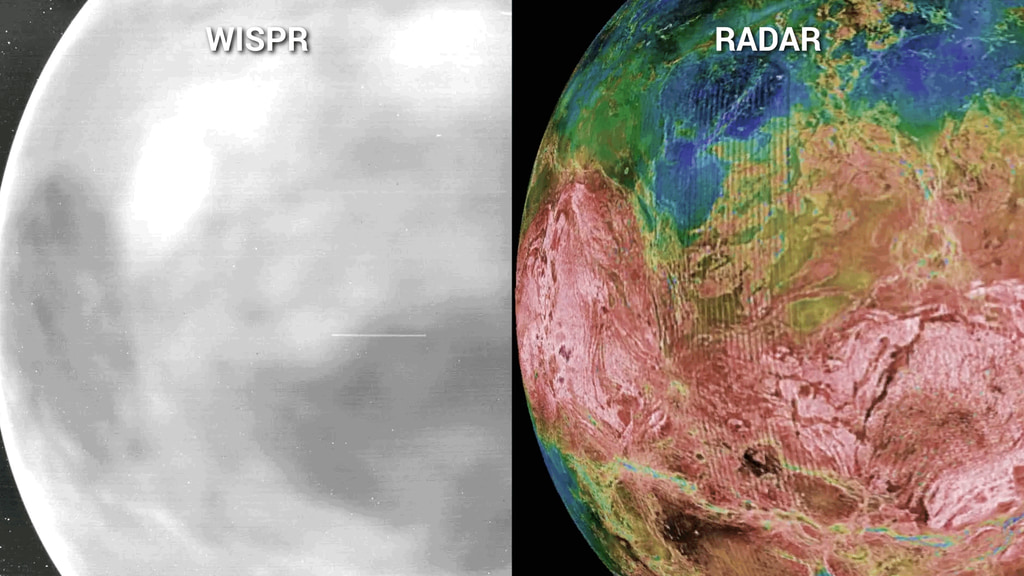
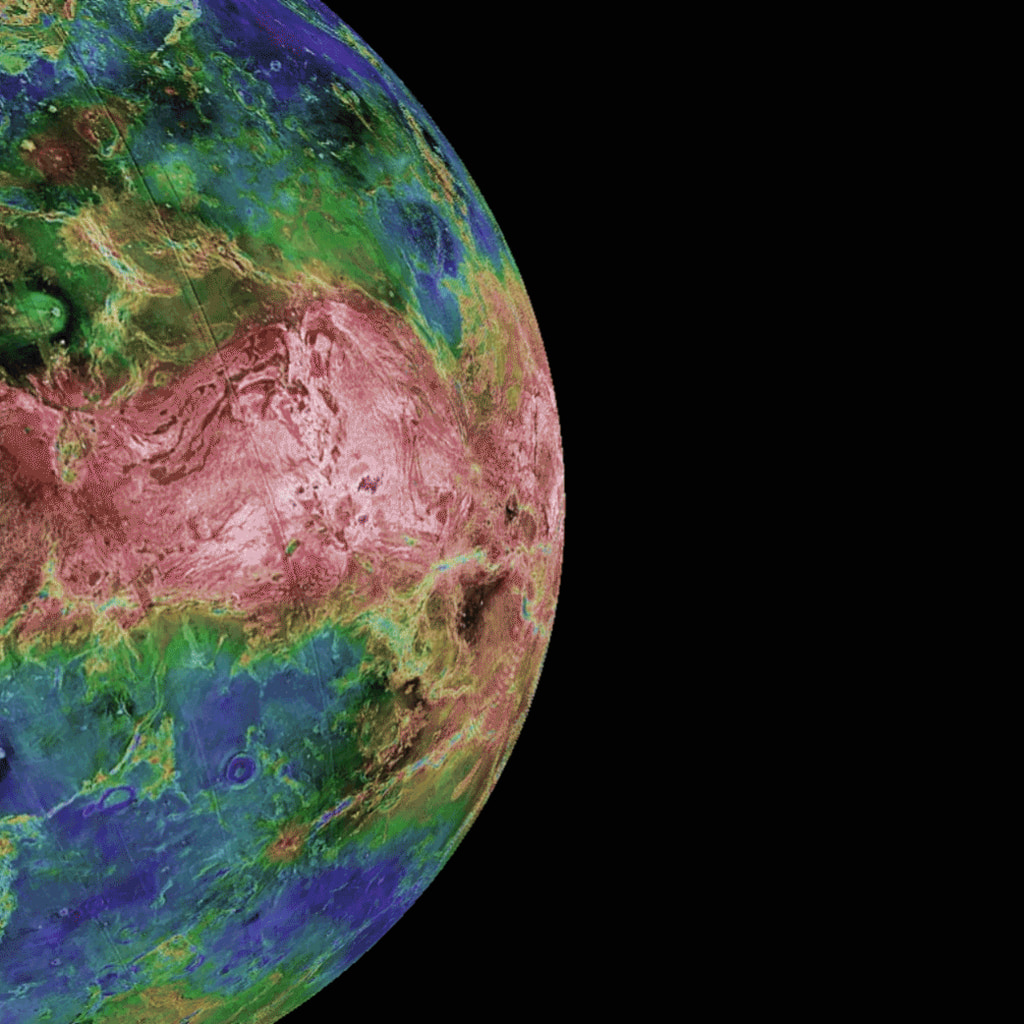

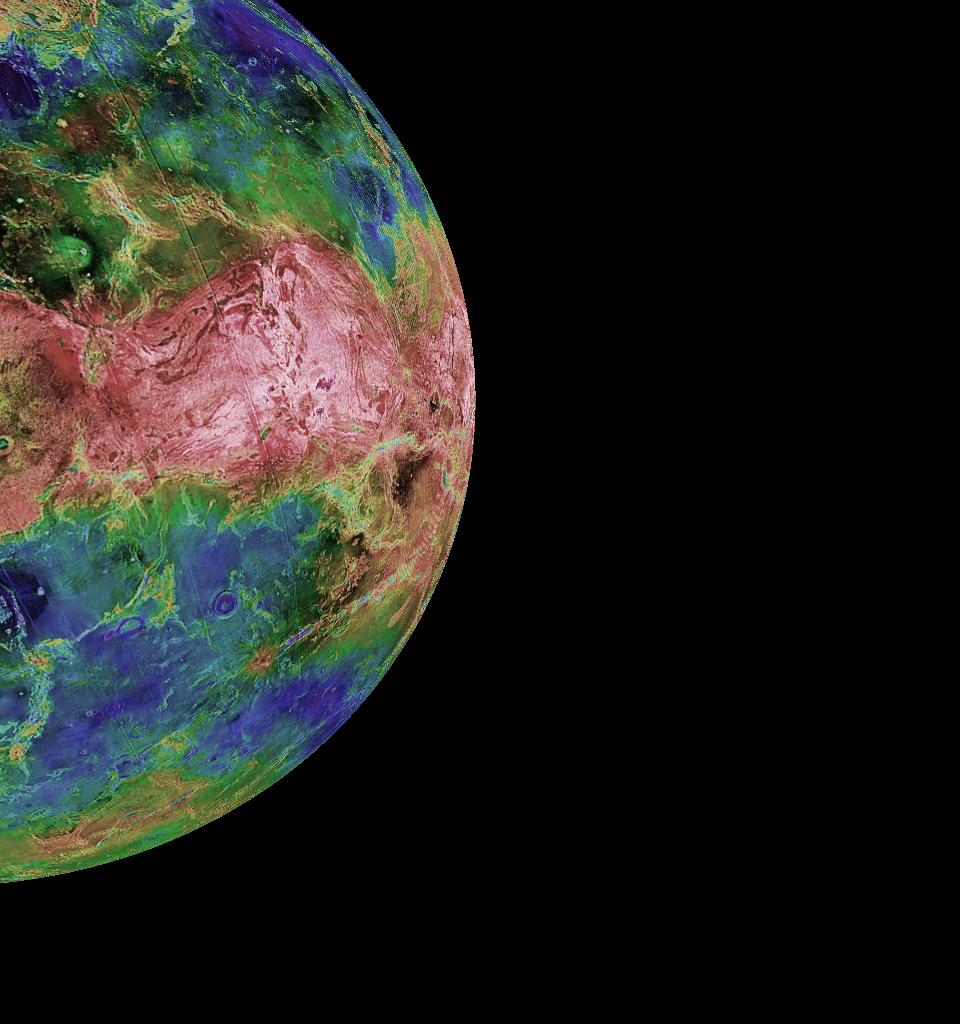

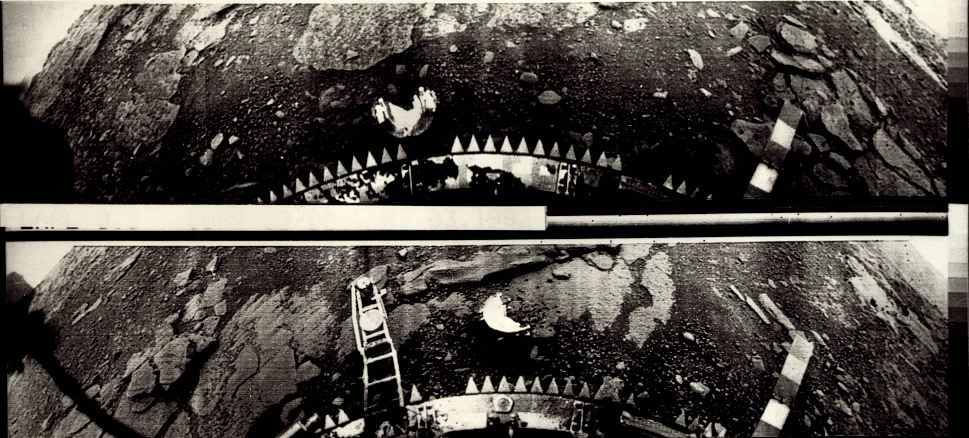
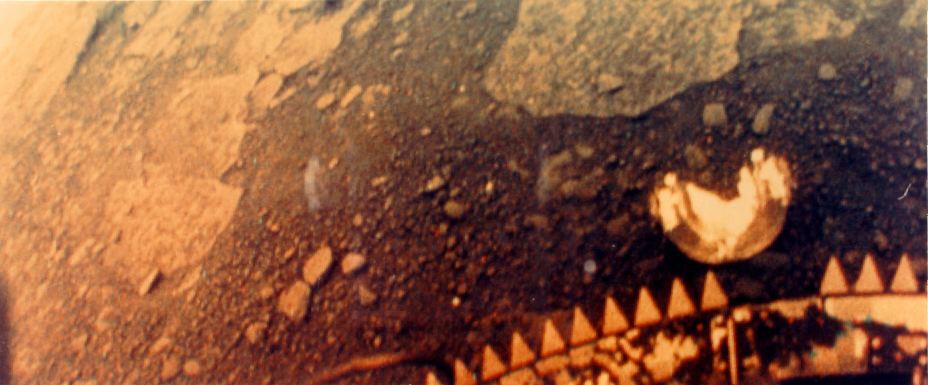
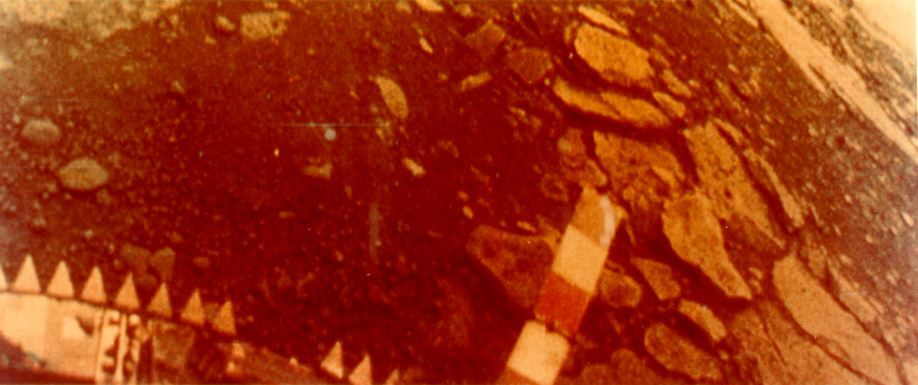

NASA’s New Views of Venus’ Surface From Space
Smothered in thick clouds, Venus’ surface is usually shrouded from sight. But in two recent flybys of the planet, Parker used its Wide-Field Imager, or WISPR, to image the entire nightside in wavelengths of the visible spectrum – the type of light that the human eye can see – and extending into the near-infrared.
The images, combined into a video, reveal a faint glow from the surface that shows distinctive features like continental regions, plains, and plateaus. A luminescent halo of oxygen in the atmosphere can also be seen surrounding the planet.
Link to NASA.gov feature.
Link to associated research paper.










Used Elsewhere In
Source Material
Related
For More Information
Credits
Scientists:
Giada Arney (NASA)
Brendan Gallagher (NRL)
Angelos Vourlidas (Johns Hopkins University/APL)
Brian E. Wood (U.S. Naval Research Laboratory)
Phillip Hess (U.S. Naval Research Laboratory)
Producer:
Joy Ng (KBR Wyle Services, LLC)
Writer:
Mara Johnson-Groh (Wyle Information Systems)
Animator:
Steve Gribben (Johns Hopkins University/APL )
Technical Support:
Aaron E. Lepsch (ADNET Systems, Inc.)
Giada Arney (NASA)
Brendan Gallagher (NRL)
Angelos Vourlidas (Johns Hopkins University/APL)
Brian E. Wood (U.S. Naval Research Laboratory)
Phillip Hess (U.S. Naval Research Laboratory)
Producer:
Joy Ng (KBR Wyle Services, LLC)
Writer:
Mara Johnson-Groh (Wyle Information Systems)
Animator:
Steve Gribben (Johns Hopkins University/APL )
Technical Support:
Aaron E. Lepsch (ADNET Systems, Inc.)
Please give credit for this item to:
NASA's Goddard Space Flight Center
NASA's Goddard Space Flight Center
Short URL to share this page:
https://svs.gsfc.nasa.gov/14095
Mission:
Parker Solar Probe
This item is part of this series:
Narrated Movies
Keywords:
SVS >> Venus
SVS >> Magellan
NASA Science >> Sun
SVS >> Flyby
SVS >> Parker Solar Probe
SVS >> WISPR
https://svs.gsfc.nasa.gov/14095
Mission:
Parker Solar Probe
This item is part of this series:
Narrated Movies
Keywords:
SVS >> Venus
SVS >> Magellan
NASA Science >> Sun
SVS >> Flyby
SVS >> Parker Solar Probe
SVS >> WISPR

